As the building of my new boat proceeds more and more, “behind the scenes” so to say I am very busy acquiring the equipment needed. This week a big item was on my list, namely the decision whether to go for B&G, Raymarine or Garmin as the principle supplier for the boat´s electronics. I do have very positive experience with B&G electronics as their products had been installed on my previous boat and I know the guys from Raymarine Germany very well … but there is a connection with Garmin that neither of both have …
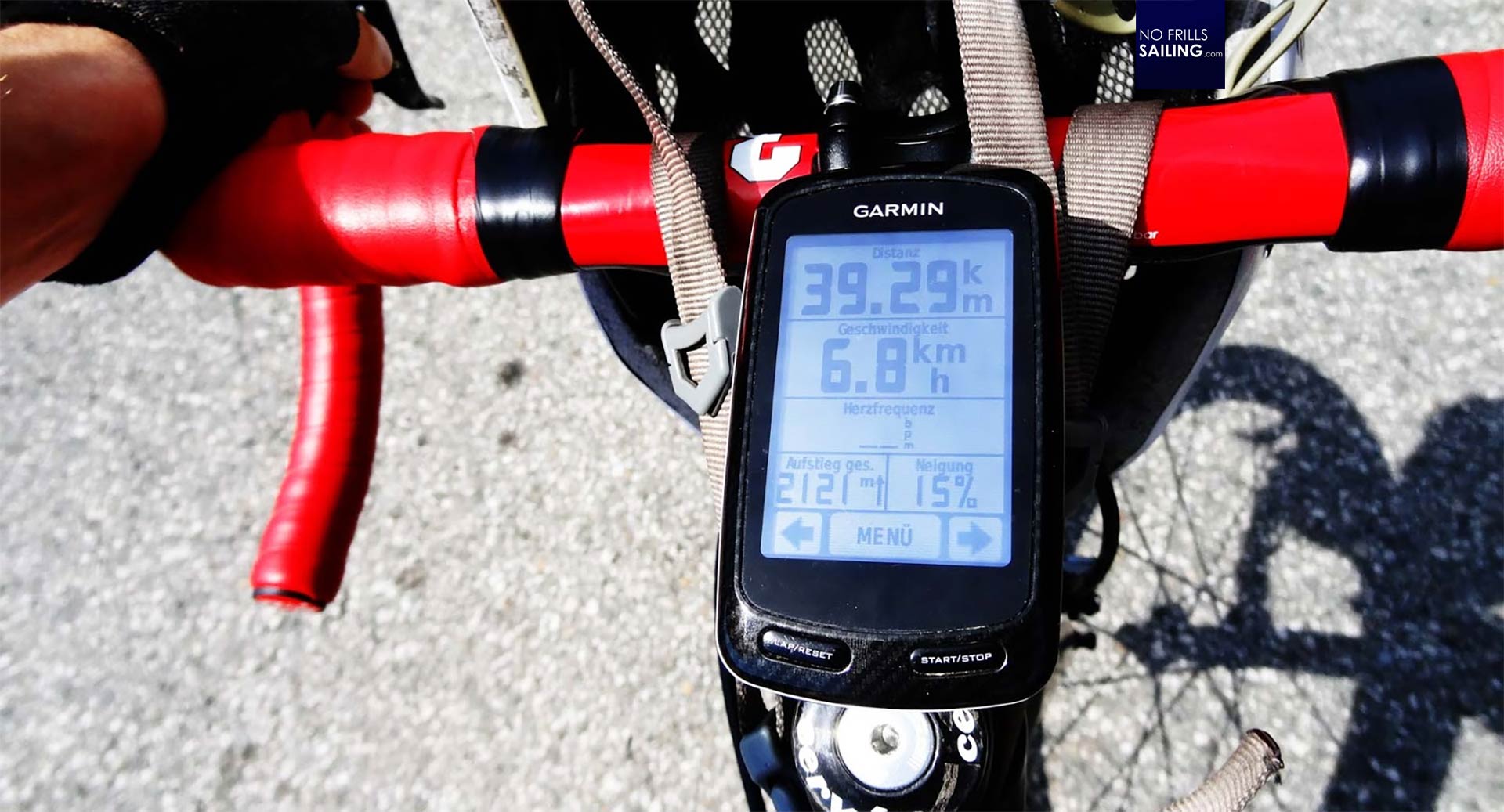
In my „previous life“ before my kids arrived, I used to race bikes and run Marathons. In this, of course, I was a heavy user of Garmin products like the Forerunner or the Edge computers. The product quality was flawless, the visual interpretation and UX of their platforms exemplary. As all brands do basically the same and the differences aren´t that much apparent for leisure and cruising sailors like myself, this decision is purely based on “heart”, not on any kind of facts or bad experience with the other brands. However, as I was quickly learning soon, it seems that my guts-based decision turned our to be a pretty good one …
The center of the attention: Chart plotter
Yesterday I went to meet Heiko Bliemeister of Gotthardt in Hamburg. Heiko is the electronics specialist within this company and a kind of Guru, as I was about to learn soon. Gotthardt is the importer of Garmin-products for Germany and one of the big players when it comes to yachting equipment. You remember the article on the custom Seldén rigging for the Omega 42? Yepp, Gotthardt is also principal Seldén importer. It seems that specialists are a matter of fact here.
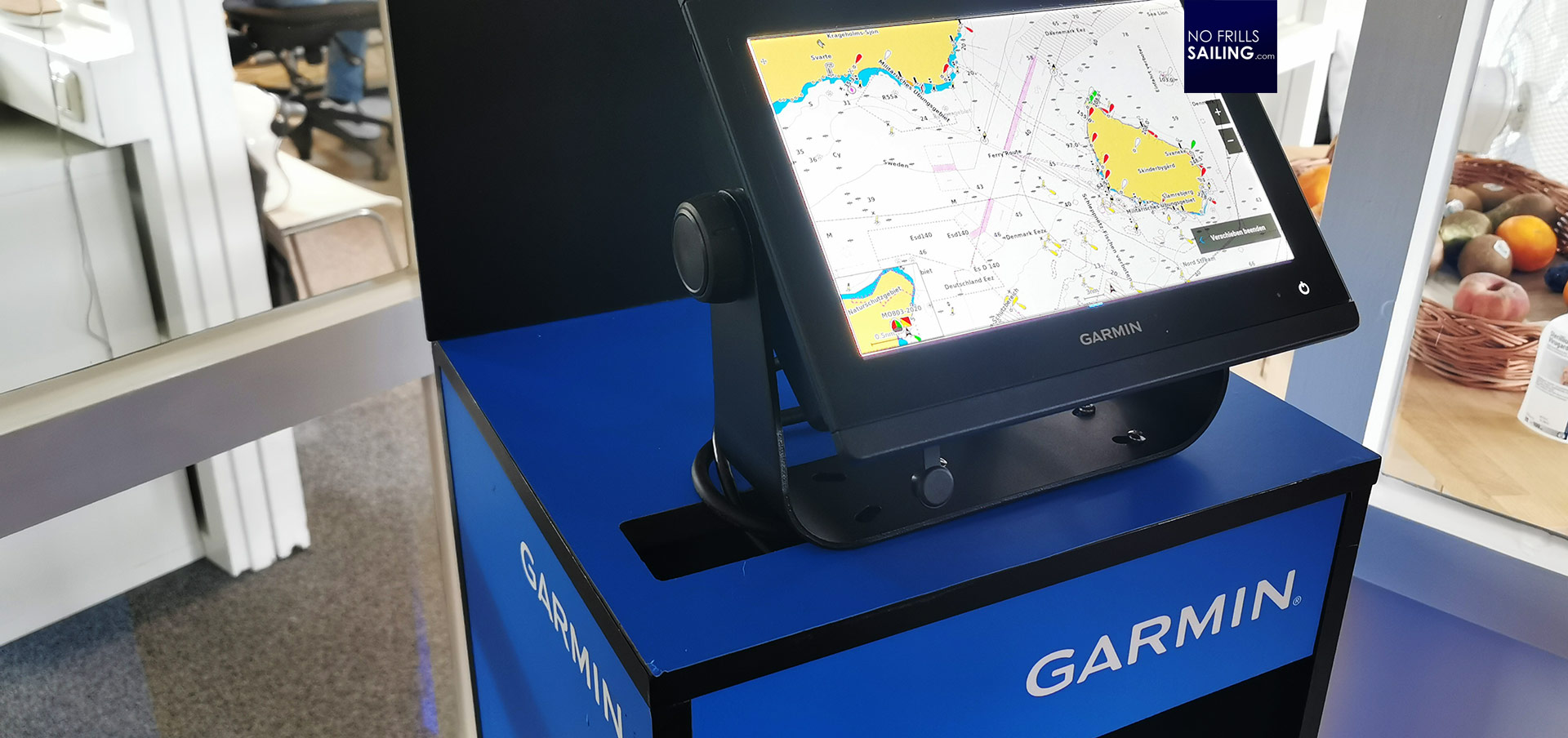
I sat down with Heiko and told him about my project. Of course he instantly knew what it was all about: It´s still amazing how people instantly smile when I tell them that it´s going to be an Omega 42. He wrote down my list of wishes and began to ask for details: What am I going to do with this boat? Where is the sailing area? Race or not? Things like this. One specific item we talked a lot about was the chart plotter. Of course my boat needs one, but … where to put it?
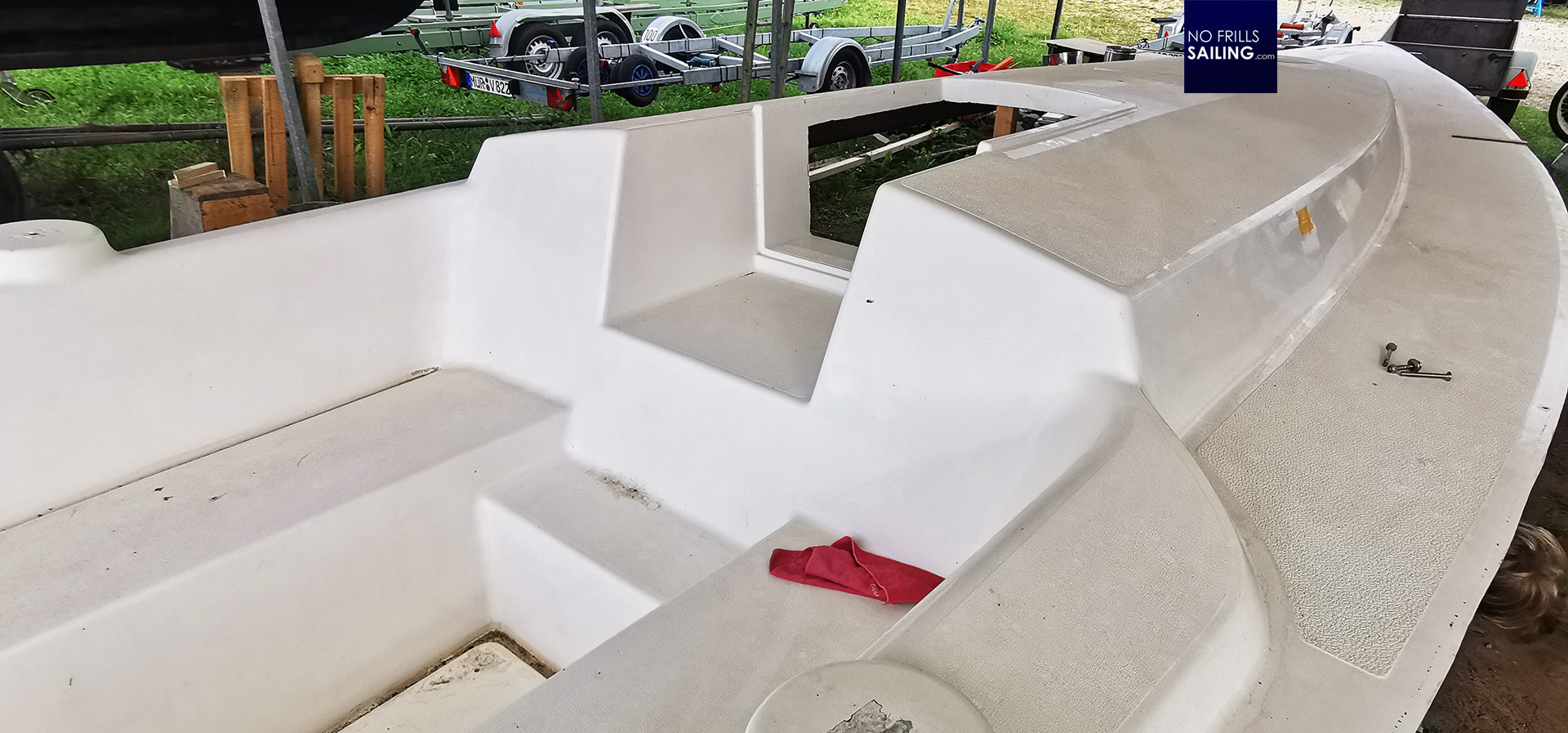
I do not like those quirky mounts on cockpit-tables, anyway, I don´t have one either. I do also not want to drill holes into the cockpit to fit it there. Looking back to my time with GEKKO I still appreciated the simple and practical solutions they have with the First 27: Just like the pivot mounted arm carried the chart plotter. I loved this solution! Why not having this on my Omega 42 as well? It will surely be no problem to mount this arm to the righthand side of the entryway, just as in GEKKO.
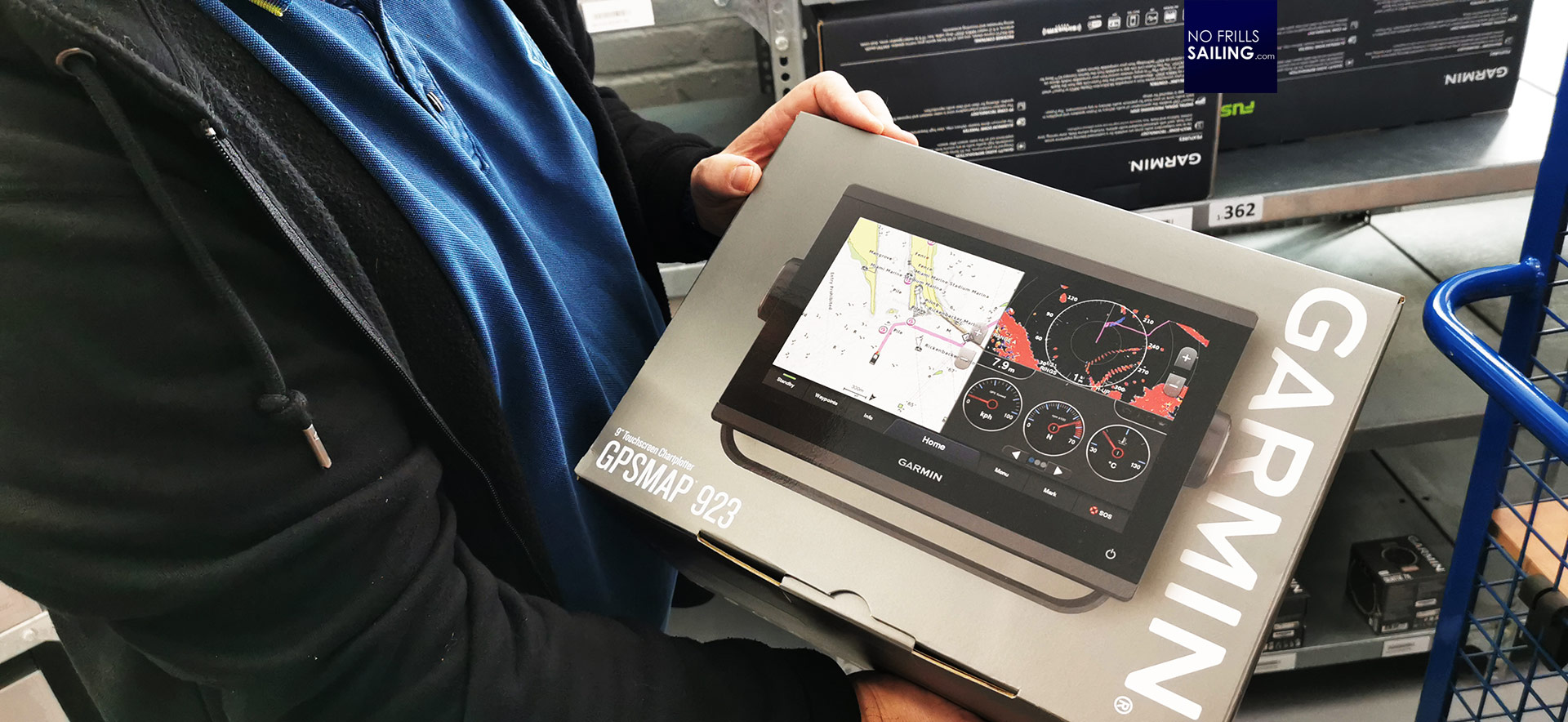
Heiko emphasized to go for the latest plotter generation, the 723. Or should we go for the 9-inch display, 923? Well, to be honest, “bigger is better” is not always the right way. Just as with GEKKO, the Omega 42 has a nice (actually much nicer!) wide and cozy step before going down the ladder at the entrance to the boat. This used to be my favorite place to sit and watch while the autopilot was steering on the 27. It will be like this on the 42 as well. I am perfectly fine with a 7-inch display. Mentioning the autopilot: Of course the Omega 42 will get one and we talked about this item. I will dedicate a full article to this topic and have the Reactor 40 excluded for now from this article.
Auxilliary displays: Mast-mount or cockpit?
Apart from the chart plotter, I also need to be able to quickly check more data when sailing. This is basically the wind (TWS, TWA) and boat´s performance (SOG and Boatspeed, drift). Often, mostly when sailing through the night or when I am aware of fundamental weather changes, I also need a constant check on the wind shift (TWS and TWA as a graph over time). When nearing a harbor or sailing close to the shore, I´d like a constant check on the depth as well. Heiko shows me the standard GNX 20-displays which I originally had in mind to get thee of them. Mast-mounted gear, as sexy as it looks, is something I wouldn´t do on a classic boat like the Omega, I prefer to have them mounted above the entryway.
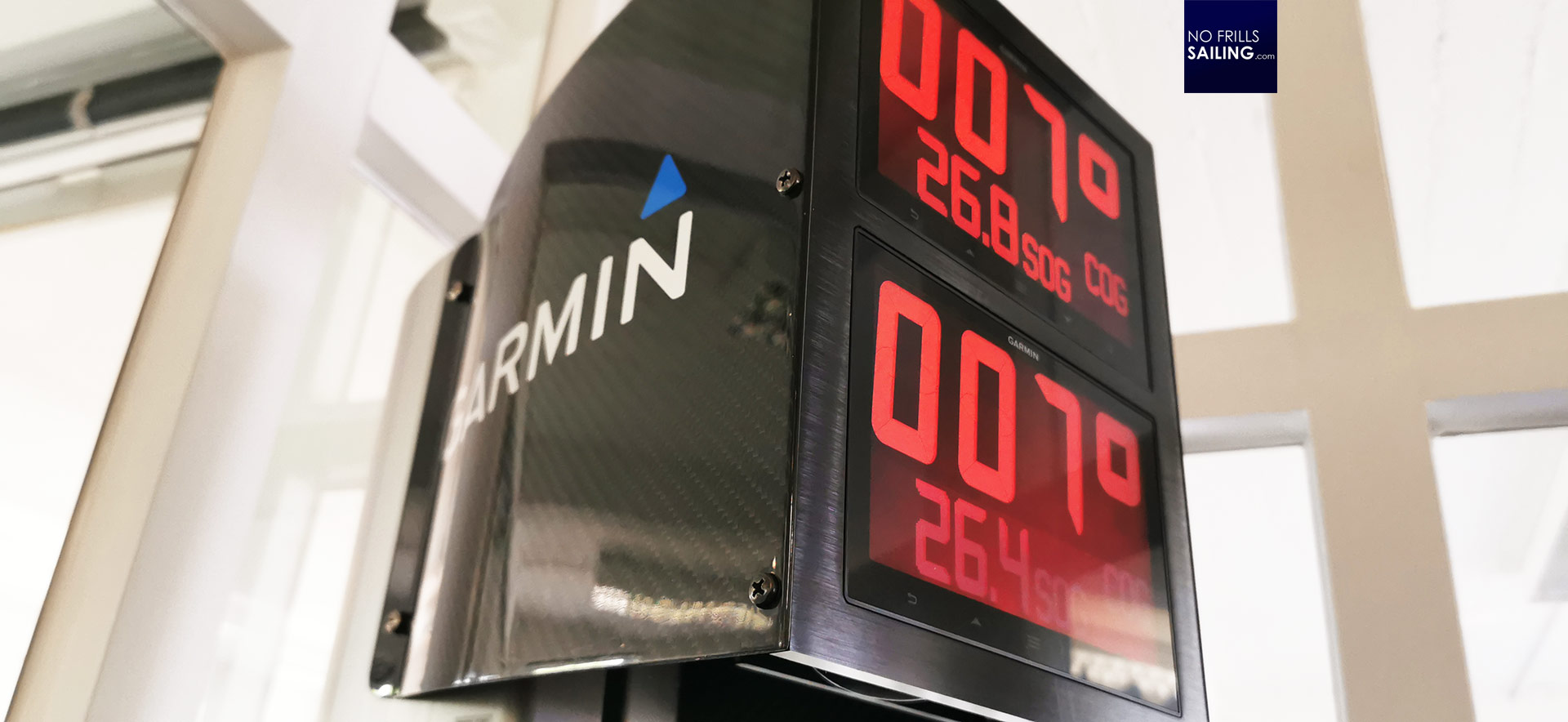
He also shows me an alternative: The GNX 120 displays aren´t just bigger and can show up to three types of data per screen, but they have also much bigger sizes of displayed data. For a man like me with some 3.5 diopters this is just awesome. Judging both at the fully functioning display, I decided to skip the three smaller for two bigger 120s. I am sure it will both look awesome on the boat and functionality will be much better.
Talking NMEA 2000 networks
When talking about functionality, Heiko of course mentions NMEA 2000. The boat, although we try our best to keep it as simple as possible, will have such a network, connecting the whole electronic equipment. NMEA 2000 is a plug-and-play solution which deeply changed and revolutionized boat electronics since its inception in the year 2000.
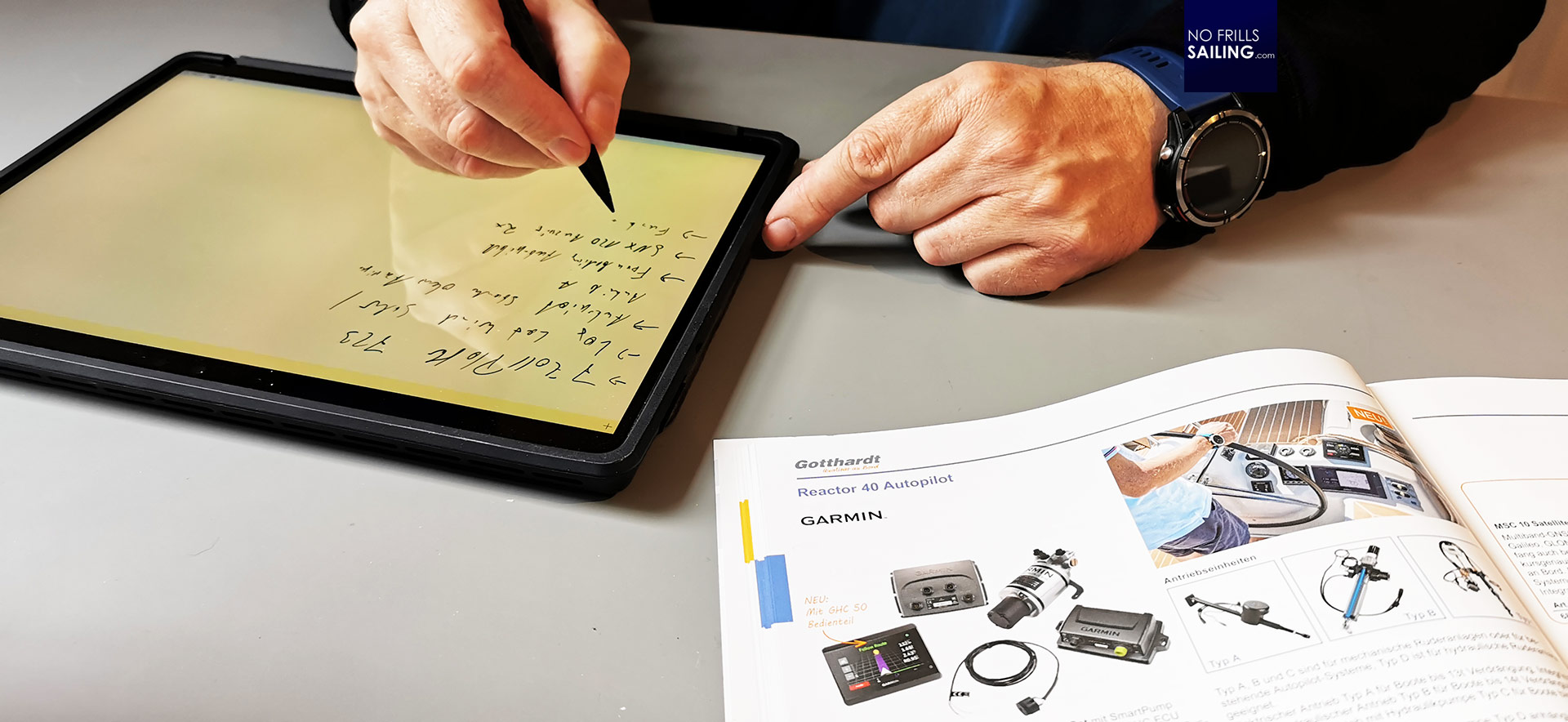
Taking his notes about the project, the boat and my personal wishes, Heiko gained quite a good oversight and could quickly adjust his suggestions to fit my demands. Regarding the network I told him that I want to keep it simple: In this, my boat won´t receive a network-based shore power charger management, no solar nor any HiFi-stuff. In any case, if I change my mind, NMEA 2000 will make it possible to expand the network very easily.
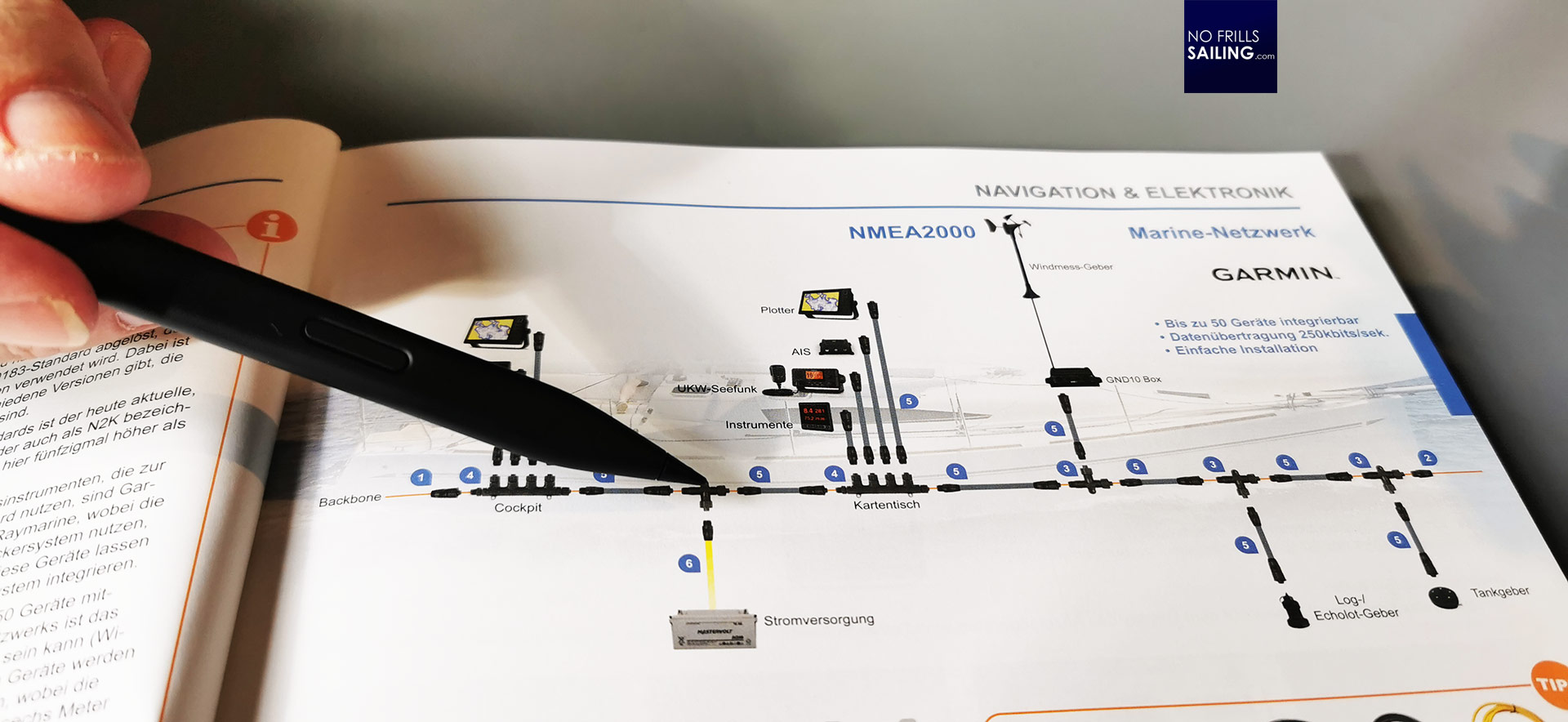
This is because it is not really a “network” like one might think, having a picture of a spider´s web or the neuronal network of our brain before our eyes. It´s more like a tree: There is a backbone in the middle (the stock of the tree if you will) with branches coming off to be connected to the individual gadgets. The NMEA 2000 is much more than just a connection of sensors and displays: One could connect the whole energy management, HiFi and on-board internet, intrusion-, fire- and bilge-sensors and many more. Heiko knows, what he is talking about …
Individual planning and competence
Heiko is the kind of guy you could chat with and listen to for hours. Although his business card says “sales manager” he does not act like one. Following him into his office, we leave the nicely done representative socializing area and showroom of Gotthardt´s headquarter and I find myself in a small room stuffed with electronic equipment. This is indeed not a salesperson´s office …
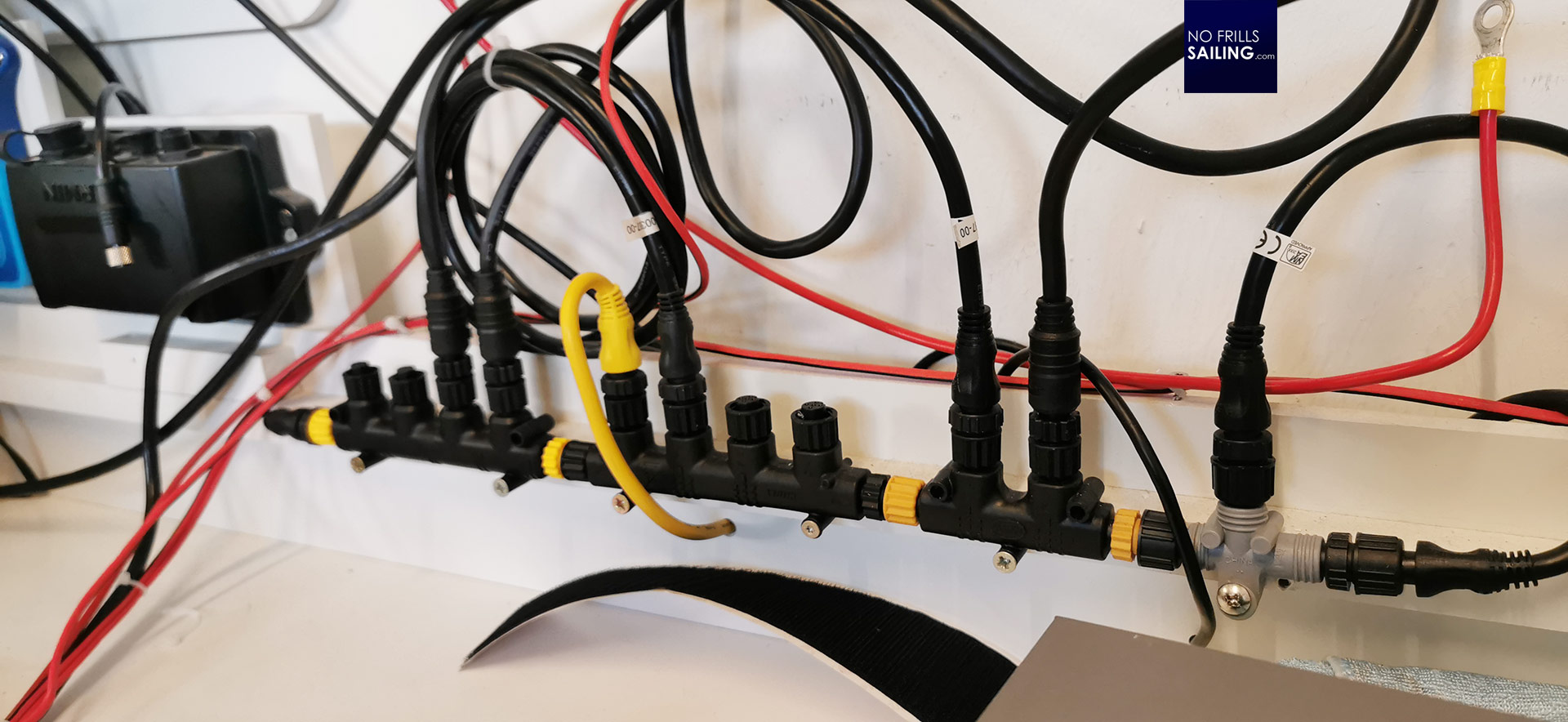
Installations, cables, a lot of electronic equipment from chart plotters to VHF-transceivers and even wind sensors. Heiko points to such an installation and explains that at Gotthardt they do not just import and sell these products, but a large chunk of his work goes into custom planning of electronic-concepts for boats (such as we do now for mine) and even setting those up for real life testing. In this, clients as Michael Schmidt Yachtbau (as done for his Y9 lately) rely on this expertise.
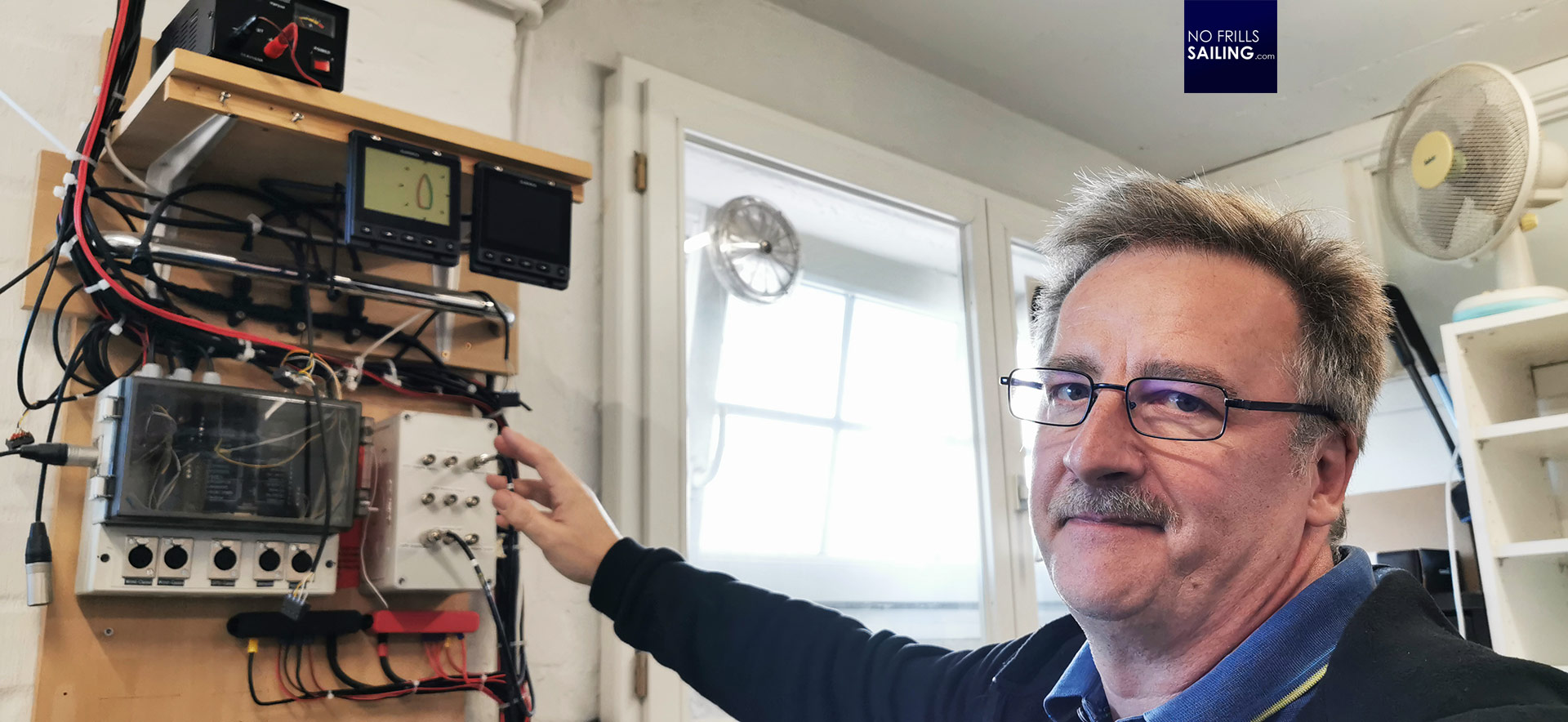
„Have you by chance looked up when you came here, outside in the parking lot?”, Heiko asks me. I haven´t looked up, of course. “Well, do it when you leave …”, he says. I did after our meeting and, indeed, they have an installation of wind vanes, GPS-antennae and other equipment up on their roof to conduct long-term tests and calibration efforts. Impressive! This is something not many electronic dealers will do, I guess.
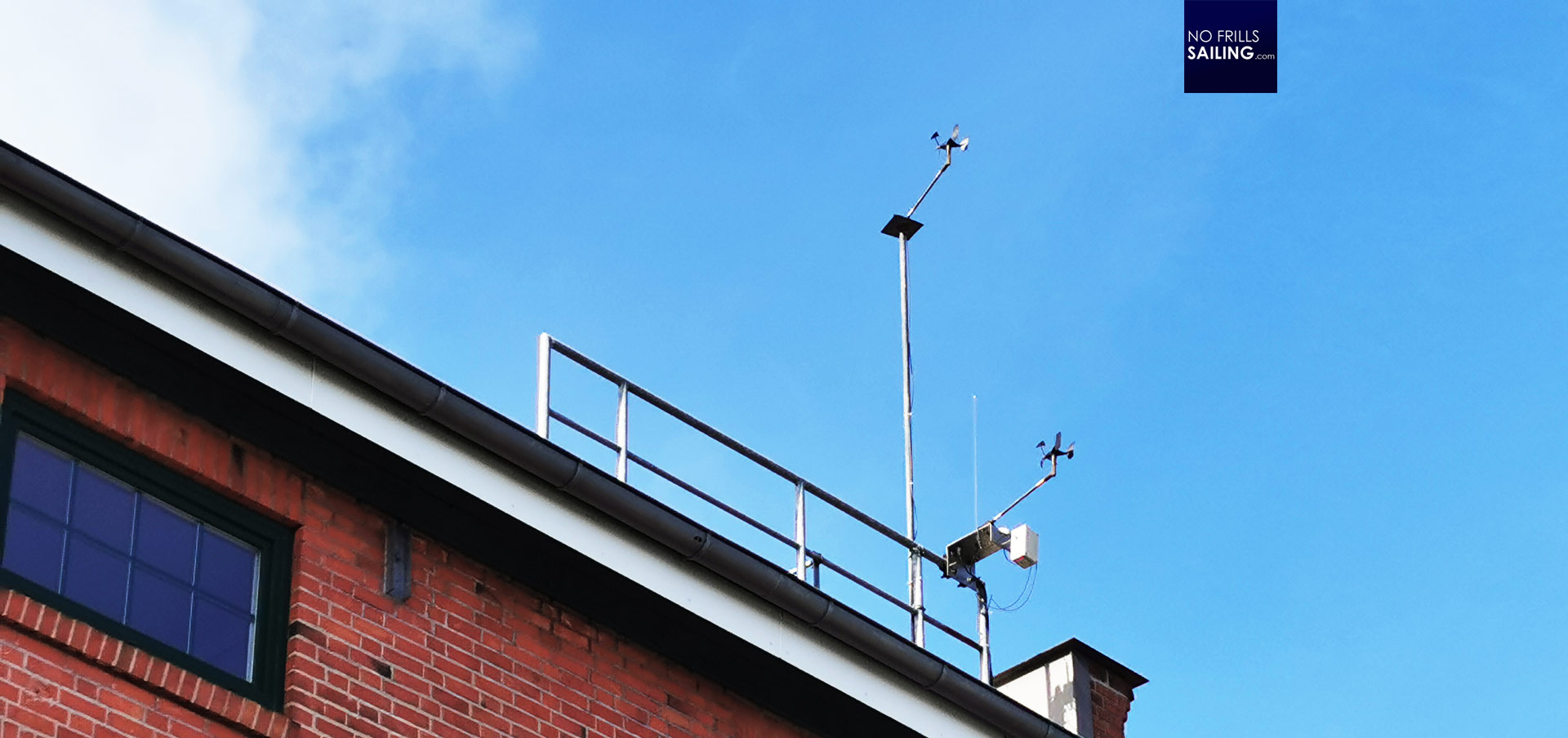
But back to my project: Speaking of the sensors, we tick off some more items from my wish list, such as the log/depth-sounder, which comes as a package from Garmin. Most interesting on the other hand had been our conversation regarding the wind-sensors. Many of you readers, and I would include myself to this group of people too until yesterday, may consider Garmin as the “new player” amongst the well-established brands in sailing electronics. A big American brand trying to enter this market. Well, not quite so …
Wind sensor: A crucial part
The wind sensor is the best example. Garmin is far from being the “New Kid on the Block”. In a corner of Heiko´s office a wind vane is installed. He points towards it and explains that this was one of the first ever wind sensors manufactured by the Swedish brand called Nexus. Back in the day, Heiko says, Nexus used to be one of the big, big names in sailing electronics that day when Garmin bought the manufacturer.
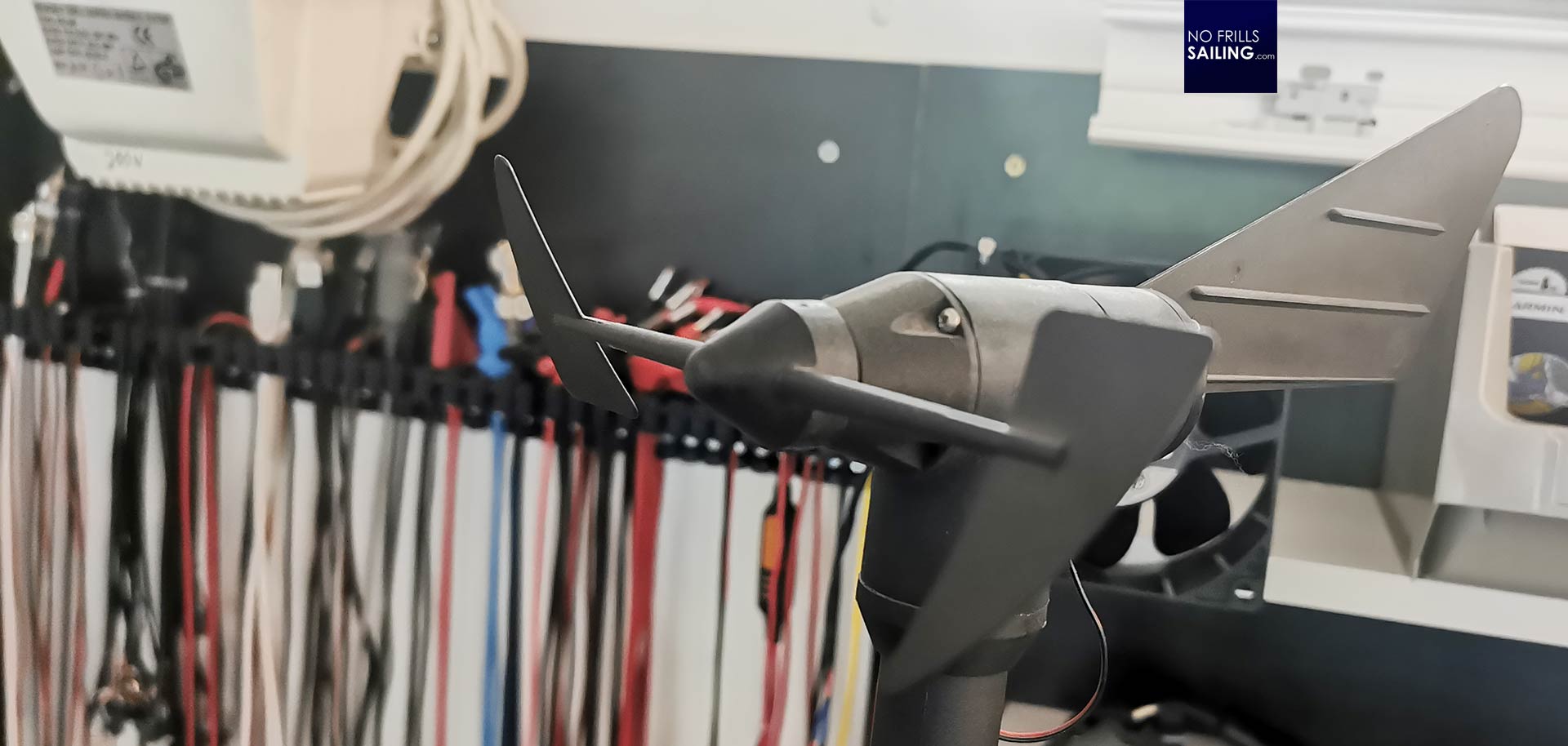
Nexus got absorbed into the big American company so that at a certain point around 2012 the brand name disappeared completely. “But all the guys at Nexus Sweden remained within the company”, Heiko assures me: The know-how, the ideas and big time experience seamlessly transitioned to the new name on the parts – Garmin. “This can best be seen with this wind vane”, Heiko explains. Most of these, like this first generation sensor, have just one tail: “Still today, the others have one tail end. But this makes the arrow flatter and wobble in the wind, just like a Windex.”
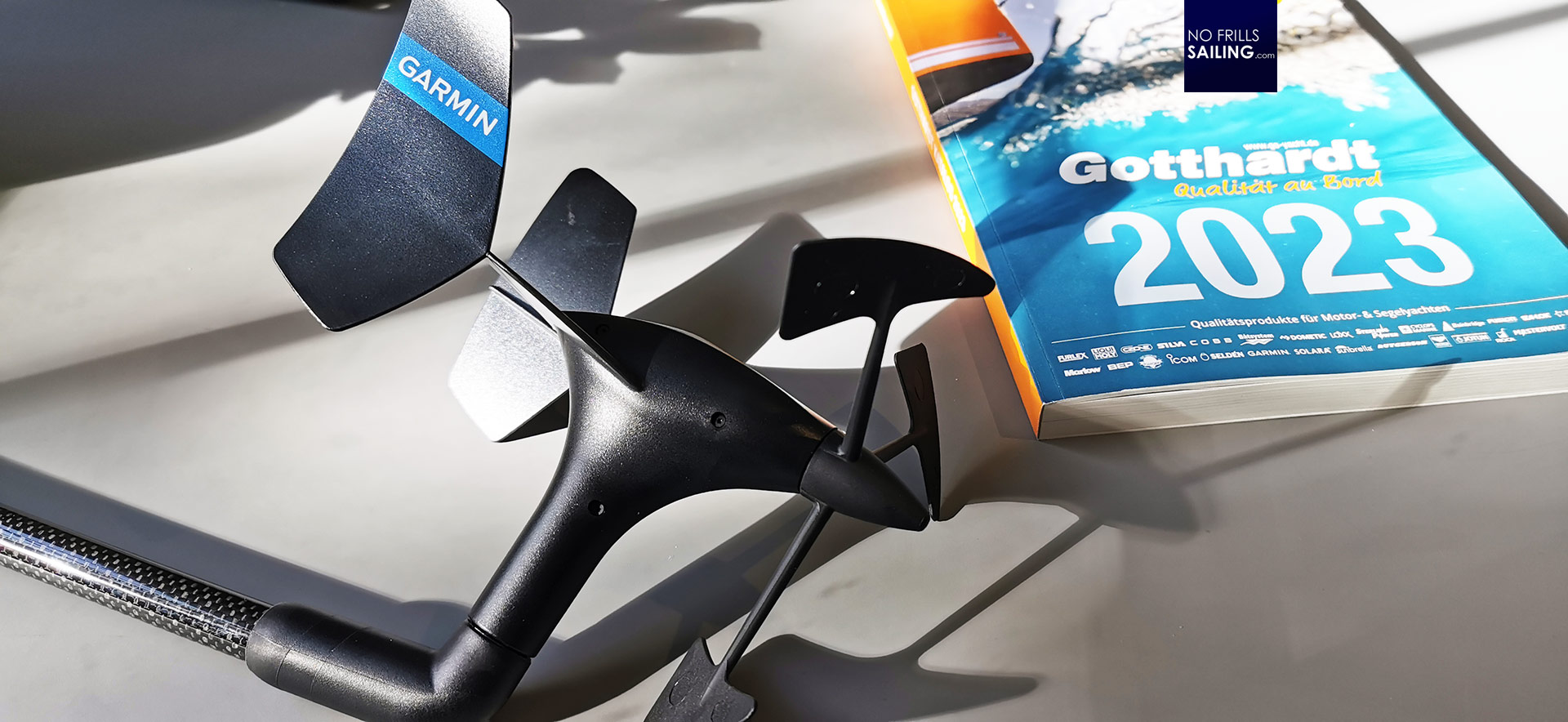
Not so with the latest generation of Garmin (former Nexus) gWind-sensors. This futuristic looking fantastic piece of equipment does not just look like take out of the Bat-Cave, it indeed combines modern materials (like a high-end ultralight but stiff carbon mount) with latest findings. The two tail ends, slightly bend outwards, stabilize the arrow thus delivering much more accurate and steady wind data. As if! New Kid on the Block …
VHF, AIS and truly a highlight: Vesper´s Cortex
Last but not least we talk about the VHF transceiver for my boat. I could have gone the easy (and much cheaper) way here and just order the standard nav-station mounted VHF. In Garmin´s terms that would have been the 215i AIS transceiver. But as I know that back in the shipyard Heiner and his boatbuilders are trying hard to make a classic ship with most modern techniques look and appear like being done in the 1980ies, I also want to have it clean, sleek and tidy. “Don’t you have something more … wireless?”, I ask Heiko. Of course he does.
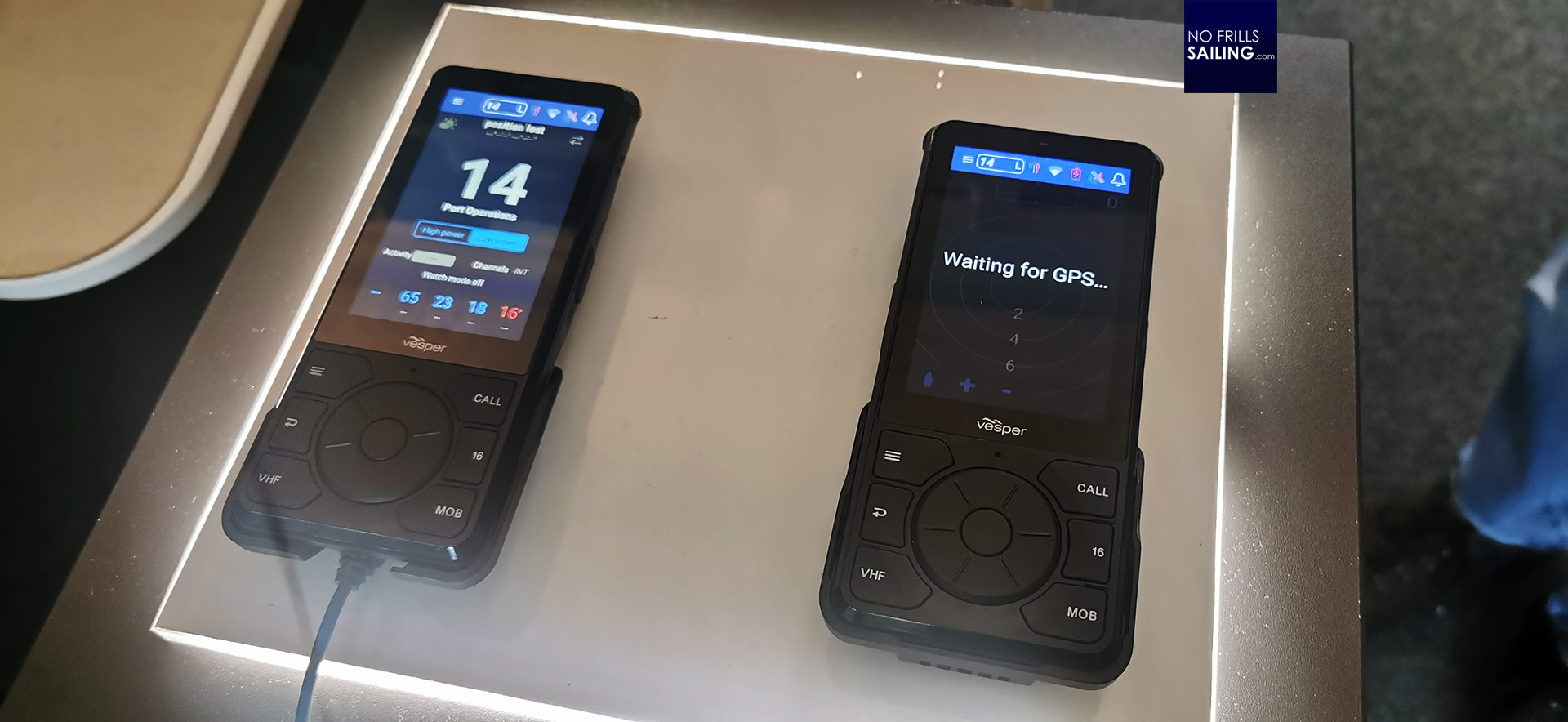
I´ve never heard of this brand, Vesper, but apparently this 2007 founded (and, of course, Garmin-owned) is speczialized in safety-oriented marine broadcasting products. Their award winning Cortex VHF is an absolute highlight, thatswhy I saved it for the conclusion of this article. Both cable and cableless working, the Cortex operates with a hidden mounted central unit, called M1 and the H1 handset. The handset is a beautiful work of art: Holding it in my hands it conveys a heavy quality, the haptics of the materials is great.
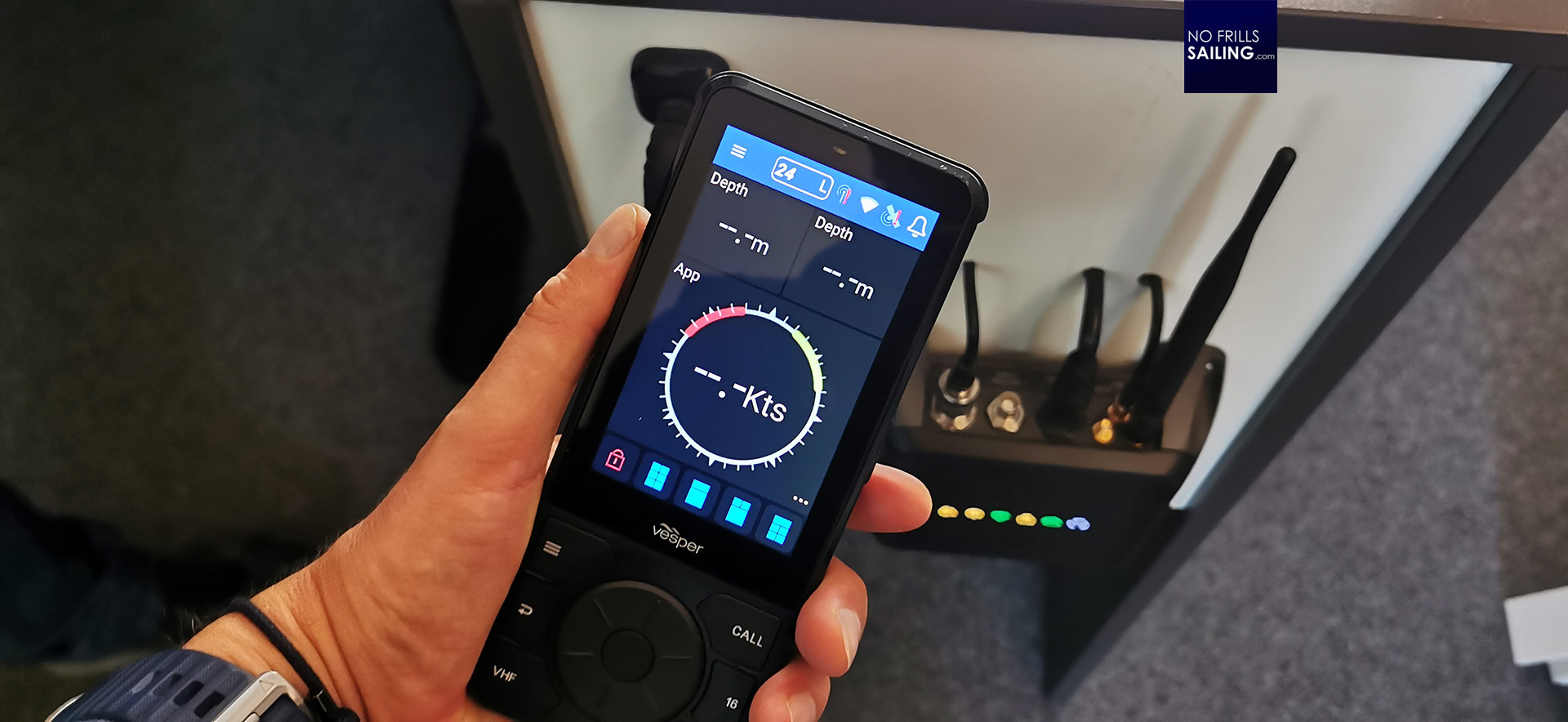
Truly great are the functions: This VHF is not just a transceiver (with active Class B-AIS transmitting) but the large display can also feature all NMEA 2000-sensors connected to the system – there you have it! And now the circle is closing and things make sense: I don´t need the big ass plotter in the cockpit as I will have the smart Cortex handset: Apart from the VHF-related data it can also display AIS-targets and all the other data. Quickly at hand, clean and small. Although the price is multiple time that of a standard VHF, this piece of equipment wins in all respects: Practicality, multifunctionality and safety.
A great package, indeed!
After another two very insightful and information-packed hours we reach the end of my wish list. If there haven´t been any doubts if the decision for Garmin was right or not, they are now completely gone: Same as my absolutely great feeling about buying the mast from Seldén via Gotthardt, I am now convinced that I´ve found not only the right products for my boat but also a partner to trust and rely on when it comes to fitting, calibrating and troubleshooting later. Heiko, I am sure, will be the man!
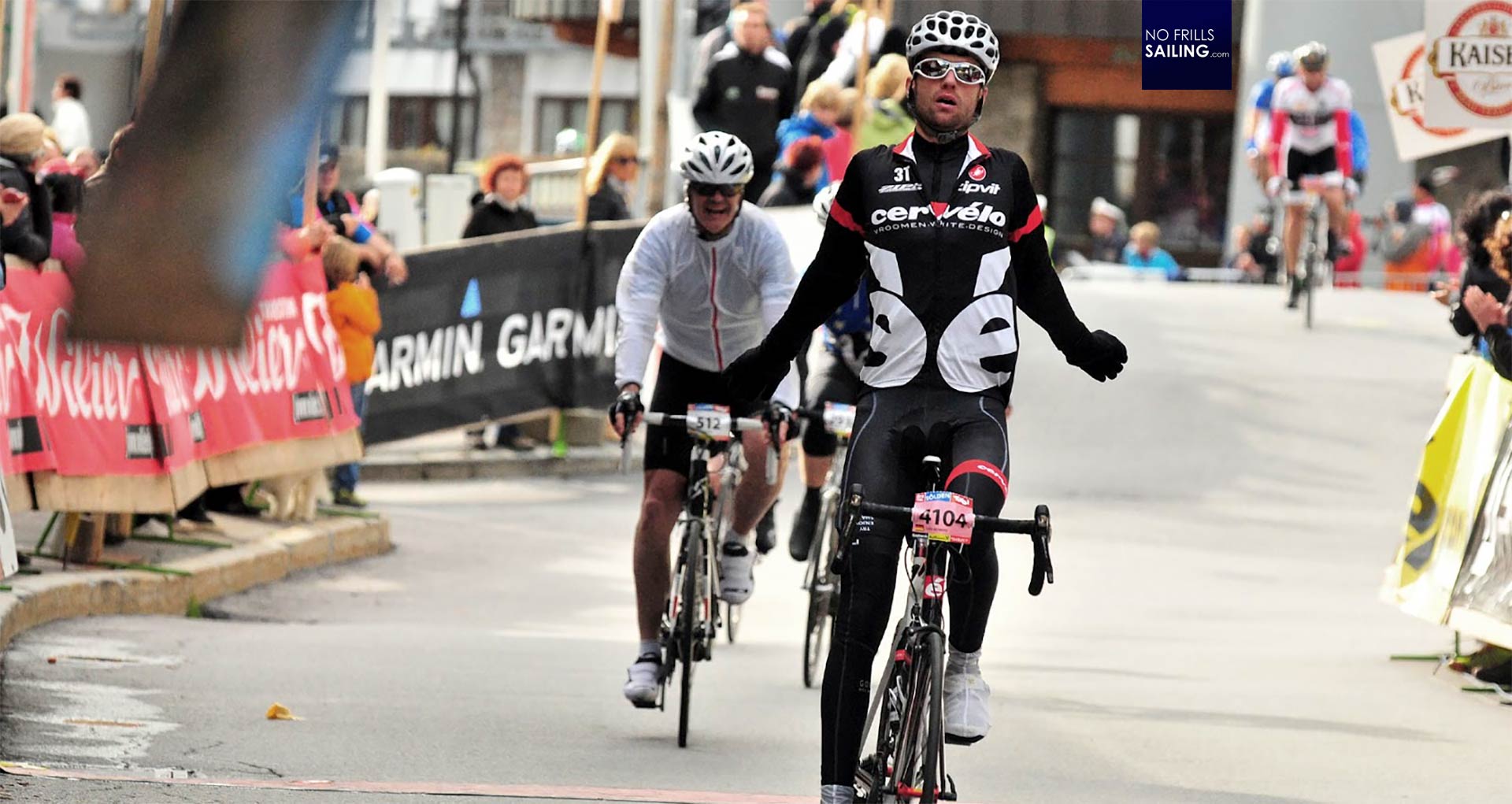
I leave Gotthardt´s headquarter, thankful for the great consultation and help in planning and defining of the electronic equipment of my new boat. Eagerly awaiting their offer for this package, I of course hope – as everyone does – for the best price. But apart from that I know one thing for sure: Just as the Garmin products were on my side during my racing bike-career, these gadgets will surely help me commandeering my new boat when she is finally sailing. And isn´t that a heartwarming story indeed?
You might as well find interesting to read these related articles:
At Gotthardt, discussing the custom made Seldén mast
Product test: Garmin´s Quatix smart watch for sailors
Calibrating an NMEA 2000-network & autopilot
